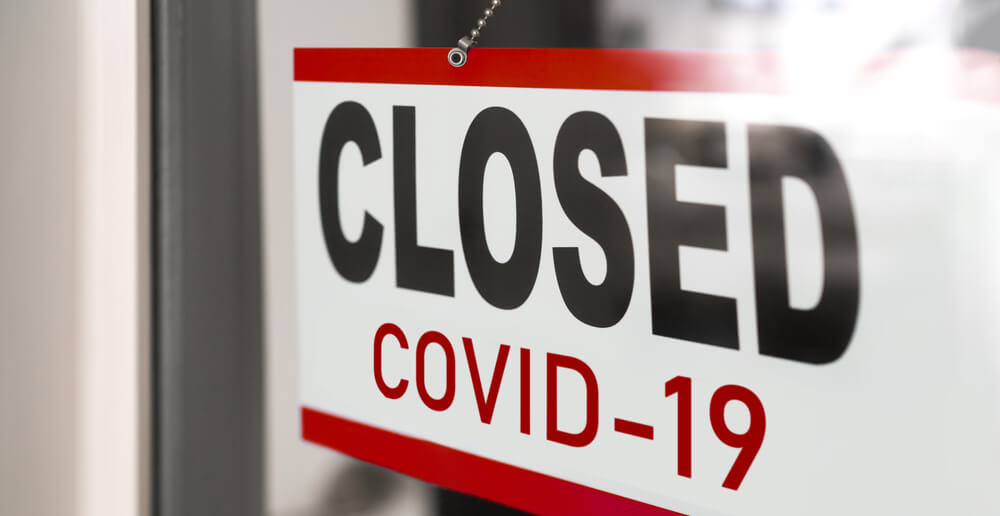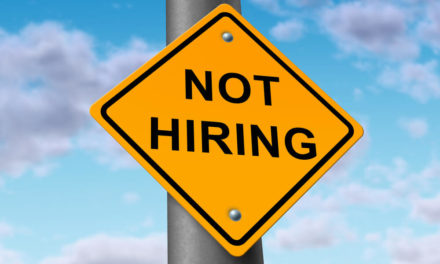The increase in unemployment benefits for millions of out-of-work Americans was done with the best intentions.
However, the $600-per-week jump approved by Congress as part of a $2.2 trillion coronavirus stimulus package known as the CARES Act passed in March has had a different effect.
Essentially, the government has made it more beneficial for some employees to stay unemployed rather than collect their regular paycheck.
And while the debate over the measure turned into a political talking point, Banyan Hill Publishing’s Michael Carr — the author of our immensely popular “Chart of the Day” features here on Money & Markets, said it has grown beyond that.
“It turns out that this is not only the dumbest idea in the history of the Congress, it’s also an economic problem,” Carr said.
The issue extends beyond today and into the future when the unemployment benefits increase runs out.
“Finding the right answer involves solving a complex math problem to determine the net present value of both options,” Carr said. “Unfortunately, the school systems don’t provide tools to solve multivariable equations to the lowest-paid workers House Speaker Nancy Pelosi worries so much about.”
Why Employees Love the New Law
Let’s take a state with average benefits for an average time — Oklahoma.
In Oklahoma, the maximum weekly unemployment benefit is $539 per week for up to 26 weeks. According to PayScale.com, the average hourly wage there is $15.66 per hour.
Multiply that by 40 hours and you have $626.40 per week.
Workers making the average don’t benefit by staying on unemployment very long as they are bringing home nearly $100 per week less.
However, if you tack on the federally funded $600-per-week increase in benefits, that same worker now makes $1,139 per week — $512 more than they would under normal unemployment insurance benefits.
Under the CARES Act, the increase in benefits lasts until July 31, 2020, and allows workers to receive up to 39 weeks of benefits, according to the Center on Budget and Policy Priorities.
That gives little motivation to an out-of-work person in Oklahoma to seek new employment or continue receiving pay if their company is getting Paycheck Protection Program money from the federal government.
But it ‘Broke the Recovery’
For businesses that did not receive PPP loans, it doesn’t mean a lot as they will have to keep their workforce furloughed or laid off regardless.
However, if they did, it creates a unique situation for both owners and employees.
Take Jamie Black-Lewis, for example.
Black-Lewis owns a pair of spas in Washington state. She furloughed 35 employees back in mid-March as she could not afford to pay them anymore with everything shut down, a common theme in today’s pandemic world.

Banyan Hill Publishing CMT Michael Carr
Recently, however, she got more than $210,000 in loans from the PPP to use for payroll and other expenses.
But when she told her employees of the lifeline, they were not happy about it.
“It was a firestorm of hatred about the situation,” she told CNBC.
She said those employees felt she took away their windfall from the increase in unemployment benefits — which outweighs what many of them would make hourly if they were working.
It leaves owners like Black-Lewis in a precarious position between paying her staff under the provisions of the PPP loans and not causing a general uproar among her staff.
Carr said the unemployment increase provision of the stimulus package essentially “broke the recovery.”
“Landscape companies provide a great example. Many pay $10 to $12 an hour, a fair wage in much of America. They can’t compete with $15 an hour in unemployment. Their work also can’t be deferred,” he said. “Some of those businesses will fail this year. This math will doom thousands of businesses, prolonging the recession, possibly for more than a year.”
The bottom line here is that Congress didn’t exactly think this through fully when they added it to the stimulus package.
It means that some small businesses might even have to wait until July 31 to reopen because that’s when the extra unemployment benefits expire. And that’s when it will actually be affordable for them to bring back the workers they need to operate.





